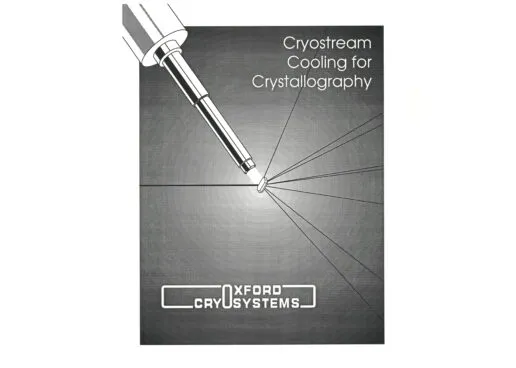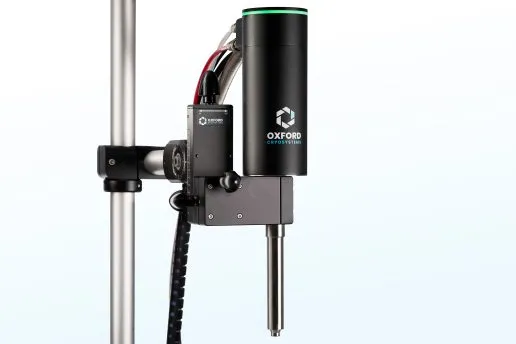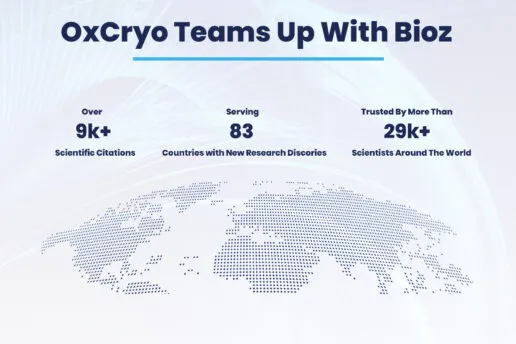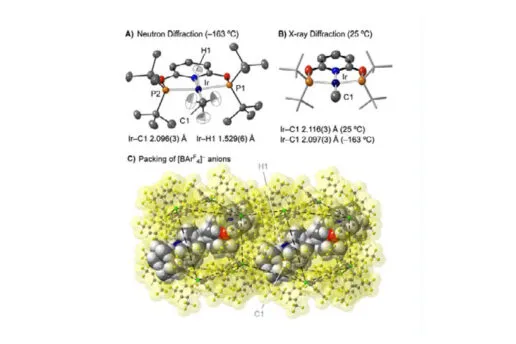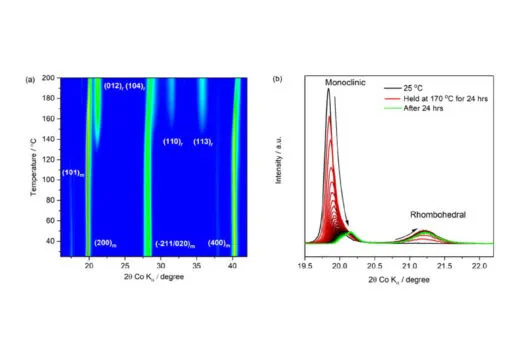1985 – 1999: Open-Flow Innovation
1985: A New Approach to Sample Cooling
In the mid-1980s, at the Clarendon Laboratory in Oxford, crystallographer and physics lecturer Mike Glazer was deep into studies on optical birefringence when a technical challenge redirected the course of his work—and ultimately, an entire field. Studying phase transitions in crystalline materials demanded reliable low-temperature control, but the available methods were unstable, and far from safe.
At the time, cooling samples meant forcing nitrogen gas from a pressurised liquid nitrogen dewar through a heating coil onto the sample stage. This approach came with a host of drawbacks: safety hazards, high nitrogen consumption, and severe temperature fluctuations during refills that interrupted experiments and risked damaging samples.
Glazer knew there had to be a better way—and turned to colleague John Cosier to help find it. What they came up with would soon redefine the cryocooling landscape. In a 1985 paper, they introduced a bold new concept: the Cryostream. Its prototype, completed the following year, was nothing short of a breakthrough.
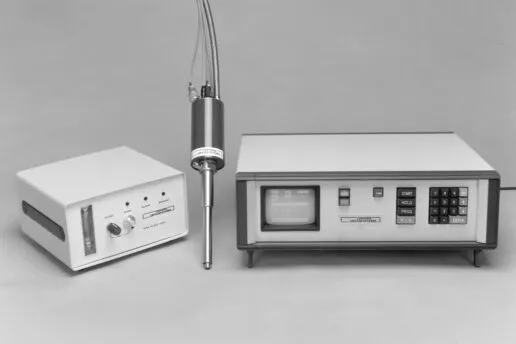
Cosier’s elegant innovation—moving the heating element to the coldhead at the end of the transfer line—eliminated pressurisation, enabled seamless refills, and drastically reduced nitrogen use to just 0.6 litres of gas per minute. More importantly, it delivered precise, stable sample temperatures with unmatched ease of use. For crystallographers, it would be revolutionary.
1986–1991: A Turning Point for Structural Biology
Though early sales were modest, those who used the Cryostream quickly realised its value, and it wasn’t long until David Brown, a representative of STOE, recognised its commercial potential and joined forces with Glazier and Cosier to help amplify their reach across the crystallography community.
A pivotal moment arrived in 1987 when Elspeth Garman, Technical Manager at the Molecular Biophysics Laboratory at Oxford University, attended a demonstration that left a lasting impression. The resulting installation of a Cryostream into her laboratory would become the first documented use of the system for protein crystal cryopreservation in structural biology.
1992–1999: The Universal Standard
Throughout the 1990s, the Cryostream’s simplicity and reliability was securing its place in crystallography labs around the world. No longer a side project, the Cryostream was becoming a cornerstone of modern crystallography. To meet the growing demand, Oxford Cryosystems established a production facility and development lab in Long Hanborough, Oxfordshire.
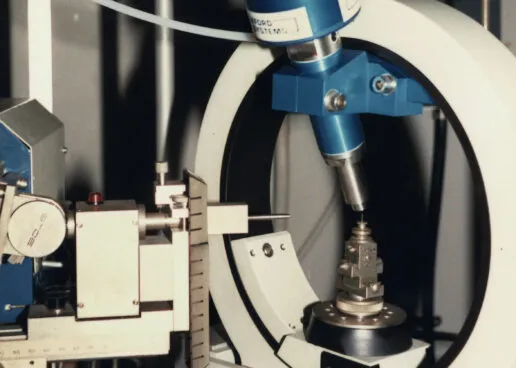
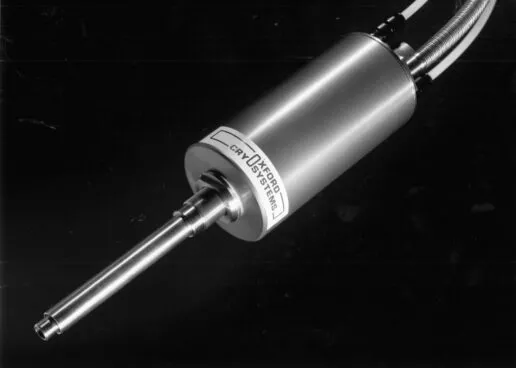

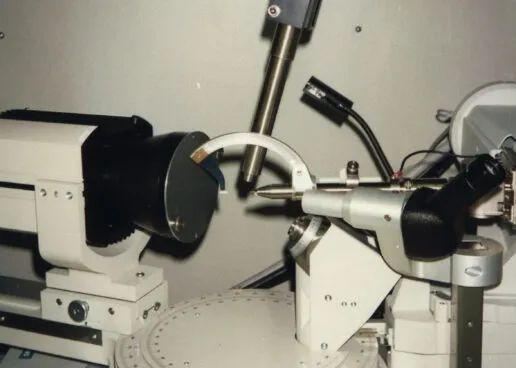
By 1999 the Cryostream 700 had launched—a major leap forward. With a longer transfer line, faster cooldown time, improved vacuum stability, and push-button control of the flow-rate, the Cryostream was becoming feature rich and more easily integrated into the most popular X-ray cabinets, cementing it as the benchmark for open-flow cryogenic cooling. The Cryostream continues to evolve to this day, and its use has been cited for the vast majority of macromolecular X-ray crystal structures in the Protein Data Bank.
The Cryostreams’ success is a compelling example of targeted, technically driven innovation that delivered long-term impact—a lesson that continues to guide the company’s principles and mission. As OxCryo stepped into the 21st century, it would build on this foundation with an ambitious new generation of cryogenic devices that would dominate the crystallographic market—and take the company into new territory: radio astronomy.
